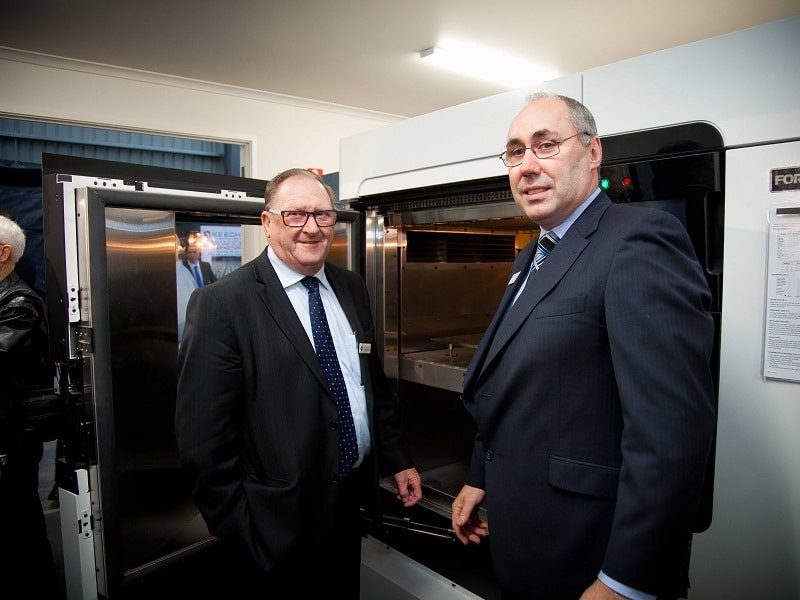Steel component manufacturer Keech claims its new 3D product development system is capable of significantly slashing the time from product conception to installation, potentially saving the company and its customers millions of dollars.
Keech’s state-of-the-art 3D printing facility, located in Bendigo, Victoria enables the product development team to make 3D models of custom components, using feedback collected directly from customers by Keech’s team of field engineers.
Keech general manager for innovation and quality Dr. Bala Hebbar says the use of 3D printing allows the company to test new approaches to challenges like improving the method of attaching a component or decreasing of component weight much quicker.
“What would take us 180 days to develop on the past can now be done in 90 days, thanks to our new streamlined system, so we’ve essentially cut the development time in half,” he says.
“Previously, we would have had to make a 300kg steel casting of a component and we still wouldn’t know how well it would fit in with the other components in a machine until it was installed on-site.
“Now with our 3D printing capability, we can get a much better feel for a product’s compatibility using a scaled down version. We are able to tell right away if it will work without having to go through the huge expense and time consuming process of making a full size casting.”
Keech says the new development process was created partly in response to demand from the mining industry, where componentry can play a major role in production efficiency.
“During the mining boom period, the primary concern for mine operators was getting the components they needed as quickly as possible,” Hebar says.
“With ore prices falling, companies are now more focused on efficiency gains, increasing productivity and reducing downtime. Everyone is looking for a smart idea that will keep their machines running longer.”
However, Hebbar says the new streamlined process of information gathering and 3D printing requires more attention to detail and testing than ever.
“Where once we had five or six different steps in our development process, we now have 15 steps. The goal is to produce the right product first time, so we conduct even more validation and prototype testing,” he says.
Keech adds the knowledge its development team can gain through the use of 3D printing further expedites the process of developing new components.
“We can see what has worked in the past so we can compare and benchmark against what we are currently doing,” Hebbar says.
“The design inventory helps with the flow of imagination within our engineering team, enabling them to develop better and better products.”
Keech’s manufacturing subsidiary, Keech 3D was launched in July last year which the company anticipates will revolutionise the Australian manufacturing industry.
Keech Australia CEO Herbert Hermens says the 3D technology will not only be used for the company’s casting manufacturing processes, but also for applications in other industries such as the medical and defense sectors.
“We are committed to keeping the manufacturing industry alive in Australia, therefore, we need to look for things that allow us flexibility, profitability, viability and rise to global demand,” he says.


